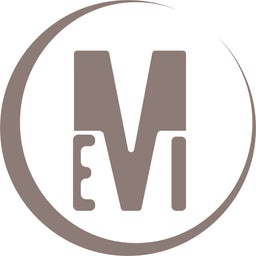En esta entrada del blog, hablaremos sobre el uso de ácido para el grabado de cristal. Este ácido te permite crear acabados sobre las distintas superficies, pero principalmente sobre cristal. Así que tenemos una nueva superficie para trabajar y personalizar con nuestros detalles.
- ¿Cómo funciona este material?
Este material es un ácido que corroe la superficie del material dandole un acabado opaco, este resultado es agradable al tacto ya que no se siente ninguna rugosidad.
- ¿En cuáles superficies se puede utilizar?
Las pruebas que hemos realizado han sido en cristal; en copas y vasos, espejos y algunas superficies metálicas sin acabados superficiales, el resto de superficies te invito a experimentar y que me cuentes que tal.
- ¿Cómo lo aplico?
La forma apropiada de colocar este ácido es aplicando una plantilla, puede crear una utilizando tu maquina de corte o utilizar una prefábricada, lo colocas sobre la superficie en la cual vas a realizar el grabado eliminando la mayor cantidad de burbujas y rugosidades. y entonces aplicas una capa gruesa del ácido durante 15 minutos y luego procedes a limpiarlo con agua.
1. Coloca la plantilla sobre la superficie a trabajar.

2. Aplica la capa de ácido dentro del área de la plantilla. Espera 15 minutos.
 3. Lava la superficie y disfrutal del acabado.
3. Lava la superficie y disfrutal del acabado.

- Pero siento que este resultado no es suficiente, ¿Qué más debería hacer?
Aunque con la primera aplicación puedes obtener excelentes resultados, quizas sea necesario aplicar una segunda capa.
- ¿Segunda capa?
Sí, sin remover tu plantilla, vuelves a colocar el ácido con una capa más gruesa y uniforme, permitiendo así que penetre más el material sobre la superficie.
- ¿Algún otro consejo?
Recuerda aplicar las capas lo más uniforme posible, porque sino, se podrá ver en el resultados espacios con menos corrosión que otros, lo que puede afectar tu trabajo final.




